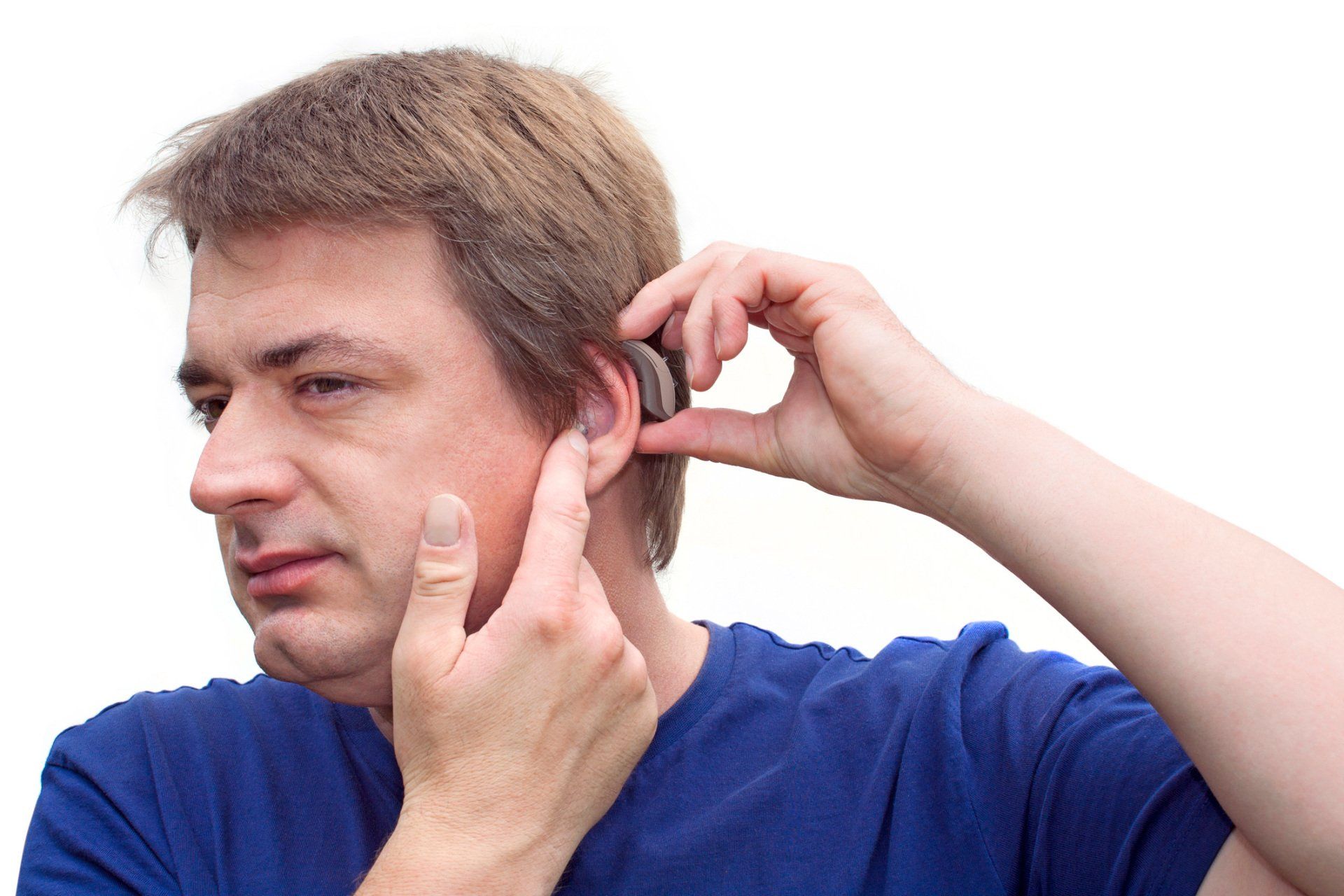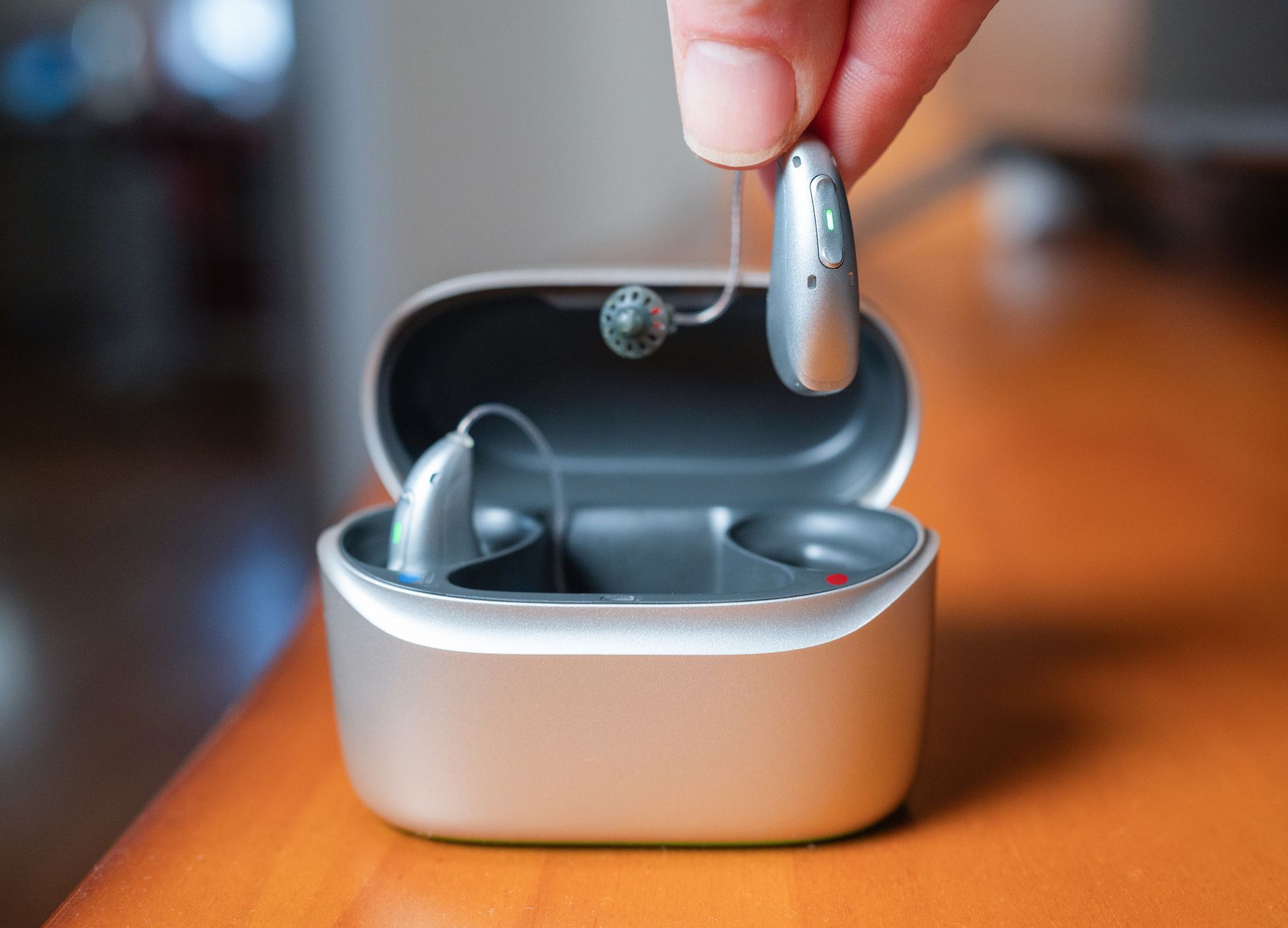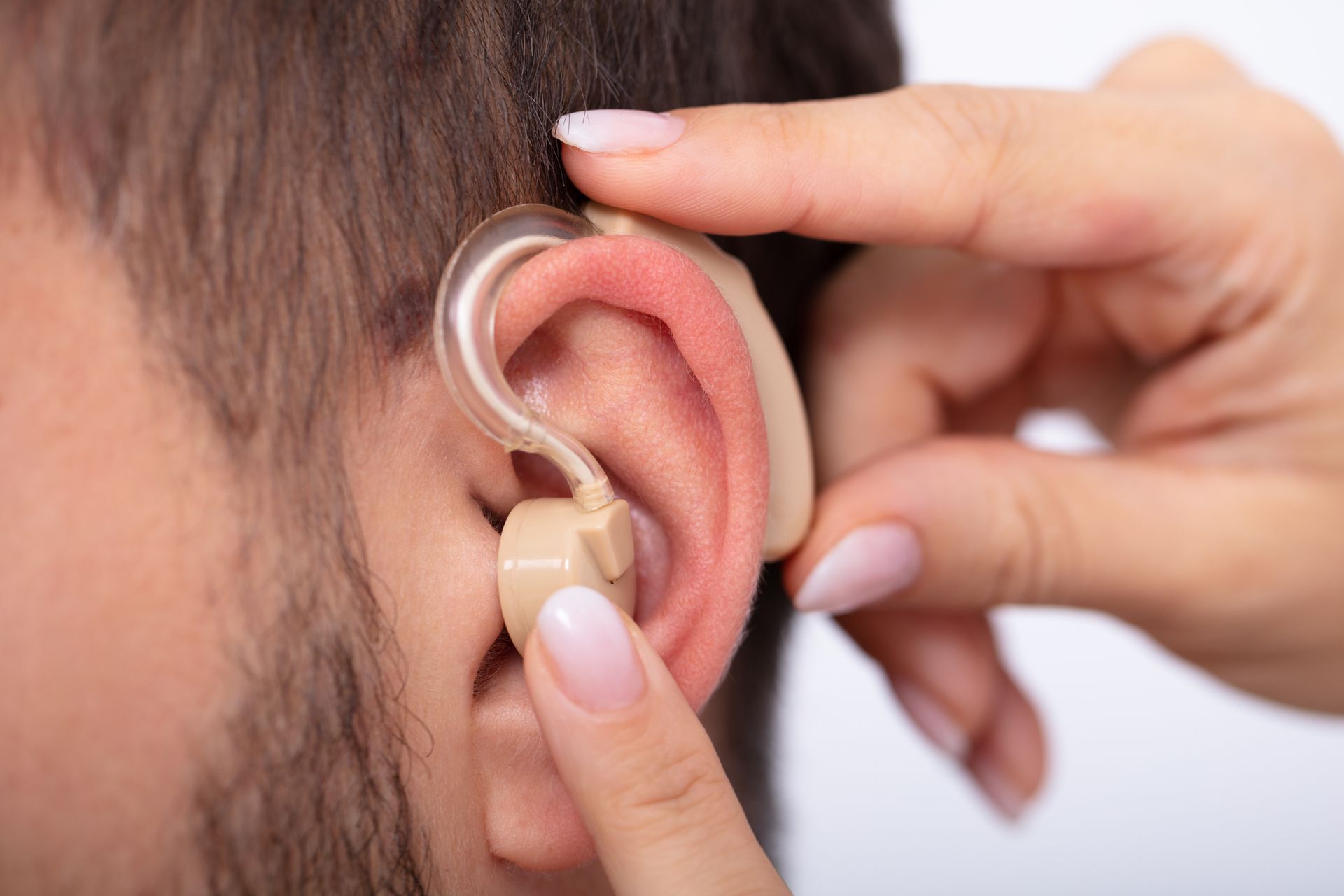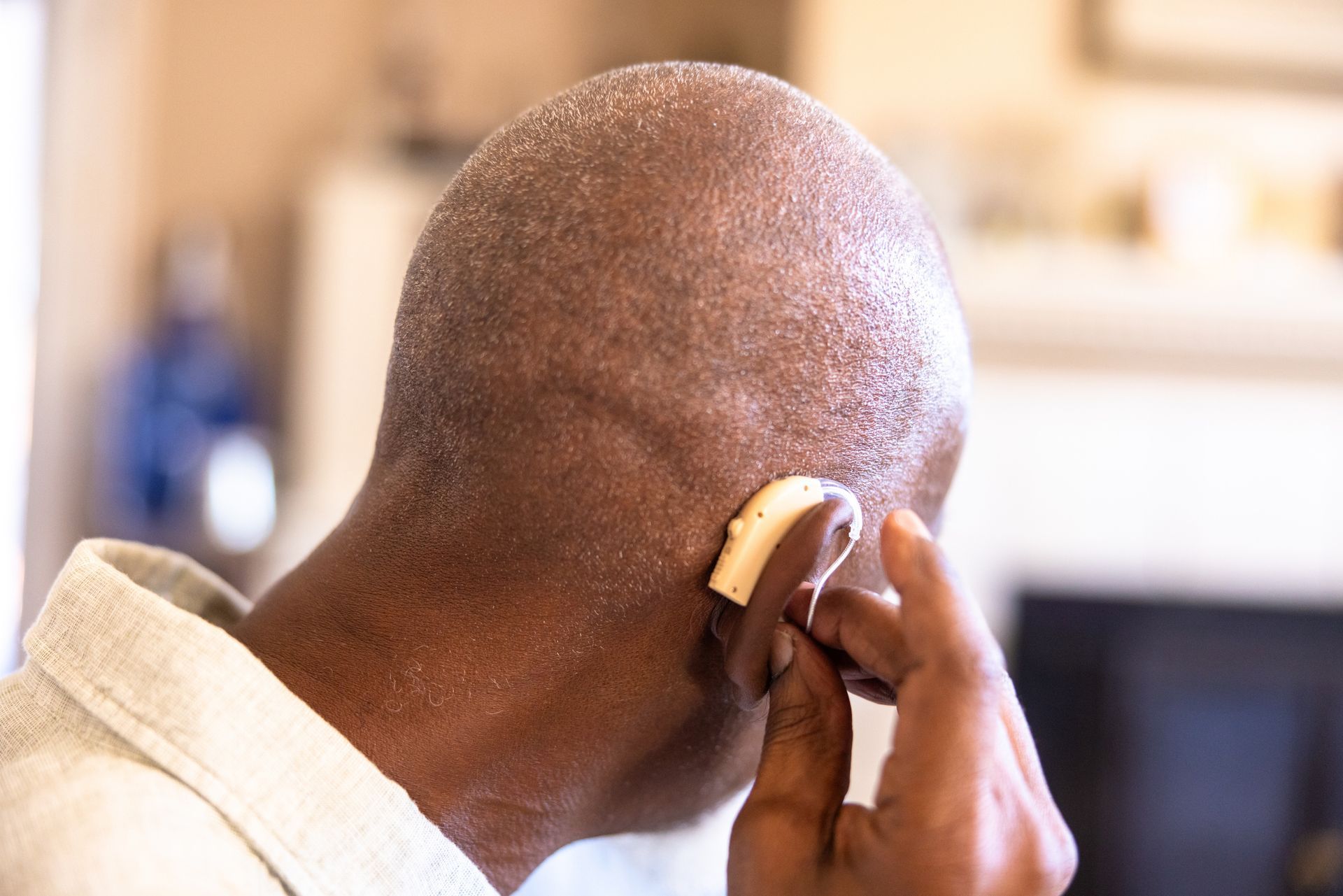Sources and Prevention of Recreational Noise Damage
Let's get loud might be a good party catchphrase, but the increasing noise levels of recreational activities is not good for your hearing. Researchers have found that occupational noise has decreased since the 1980s, but social noise has tripled. What that means for average folks is that their world might be affecting their hearing.
Find out the connections between noise and hearing damage as well as how to prevent it in recreational activities.
Connection Between Noise and Hearing Damage
Loud noises damage people's hearing because of how the mechanism of hearing works. Sound enters the ears as waves, which vibrate structures in the middle ear. The sound vibrations enter the inner ear when they ripple across sensory cells shaped like hairs. Even tinier hair-like projections move against structures to release chemicals to create an electrical signal, interpreted as sound.
So when loud noises enter the ear, they cause bigger vibrations. The excess of vibrations can overload the inner structures of the ear. When the exposure to loud noise is prolonged, the vibrations inside the ear can damage or even kill the hair cells.
A sign that such damage is occurring is hearing loss; some people experience temporary hearing loss after exposure to loud noises. Though the hearing returns, the vibrations may have damaged the delicate structures inside the ear. Over time, continued exposure to such damage can result in permanent hearing loss.
Sources of Recreational Noise Damage
Though occupational noise has decreased, recreation-based noise has increased. OSHA considers 85 decibels over an eight-hour period to be safe for prevention of hearing loss. Yet a motorcycle and stereo headphones are already louder than that level.
One of the main recreational culprits for hearing loss is shooting firearms. The sound levels can be as loud as 160 decibels, which is almost twice the recommended level for preservation of hearing. Indeed, just a single loud gunshot near your ears can permanently damage your hearing.
Another common recreational source of noise damage is woodworking. Smaller tools, such as a drill press and spindle sander, stay well within the safe range of noise. However, large tools, such as chain saws and circular saws, reach over 100 decibels.
As noted above, motorcycle engines reach levels that are higher than recommended for hearing preservation. In fact, any motor sport can represent a danger to your hearing. These sports are those which you do actively, such as riding a motorcycle or ATV, or events you attend, such as a monster truck rally. Even loud crowds, such as those at football games, can reach dangerous levels.
Lastly, the connection between music and hearing loss has been well documented. Attendance at loud concerts can cause temporary hearing loss. However, the main culprit is listening to music through headphones. Because the exposure is close to your ears and often prolonged, the habit of listening to loud music in your headphones can lead to permanent hearing damage.
Prevention of Recreational Noise Damage
The prevention of recreational noise damage generally rests on two actions.
First, you may need to turn music volume down. In fact, audiologistsfirst prescribed a 60-60 rule for loss prevention in the 1970s. The guideline states that you can listen to 60 minutes of headphones at 60 percent of the maximum volume. Because digital music isn't as loud as CDs, they've revised the guideline to 80 percent volume for 90 minutes.
The other action you can take is to wear hearing protection devices when you're at loud events. You can lower noise levels by 15 to 30 decibels just by using disposable foam earplugs. Earmuffs that fit completely over your ears offer a similar decrease in noise levels. You can use both together for further reduction. For especially loud activities, consider noise-cancelling headphones.
Additionally, be aware of which activities cause noise-induced hearing loss, and take actions to prevent the damage.
Preserve your hearing even when you're out having fun. If you need any assistance with hearing, contact Wilmington Ear Nose & Throat Associates, P.A.










